It looks like my query is converting char(13) wrong? If it isn't wrong can someone please explain this?
Query:
;with CTE1 as
(
select
Product
, (select t.* for xml raw('row'), type) as Data
from
[PIM].[dbo].[MasterFeatures] as t
)
, CTE2 as
(
select
Product,
F.C.value('local-name(.)', 'nvarchar(128)') as Field,
F.C.value('.', 'nvarchar(max)') as Data
, GETDATE() AS createdDate
from
CTE1 as c
outer apply c.Data.nodes('row/@*') as F(C)
)
select *
from CTE2 x
WHERE x.Field<>'Product'
result with issue pointed out:
I thought CHAR(13) was supposed to be:
'
'
